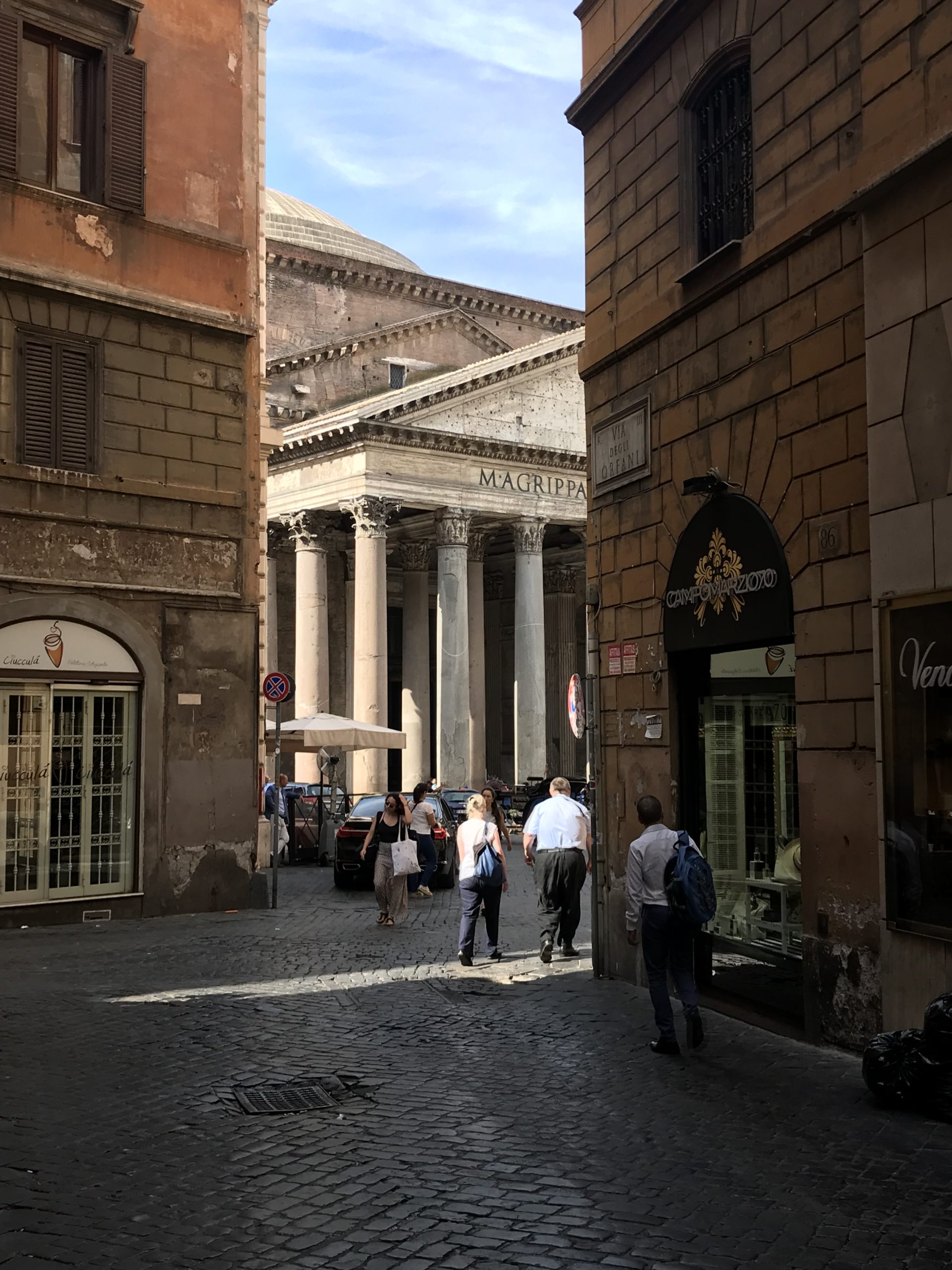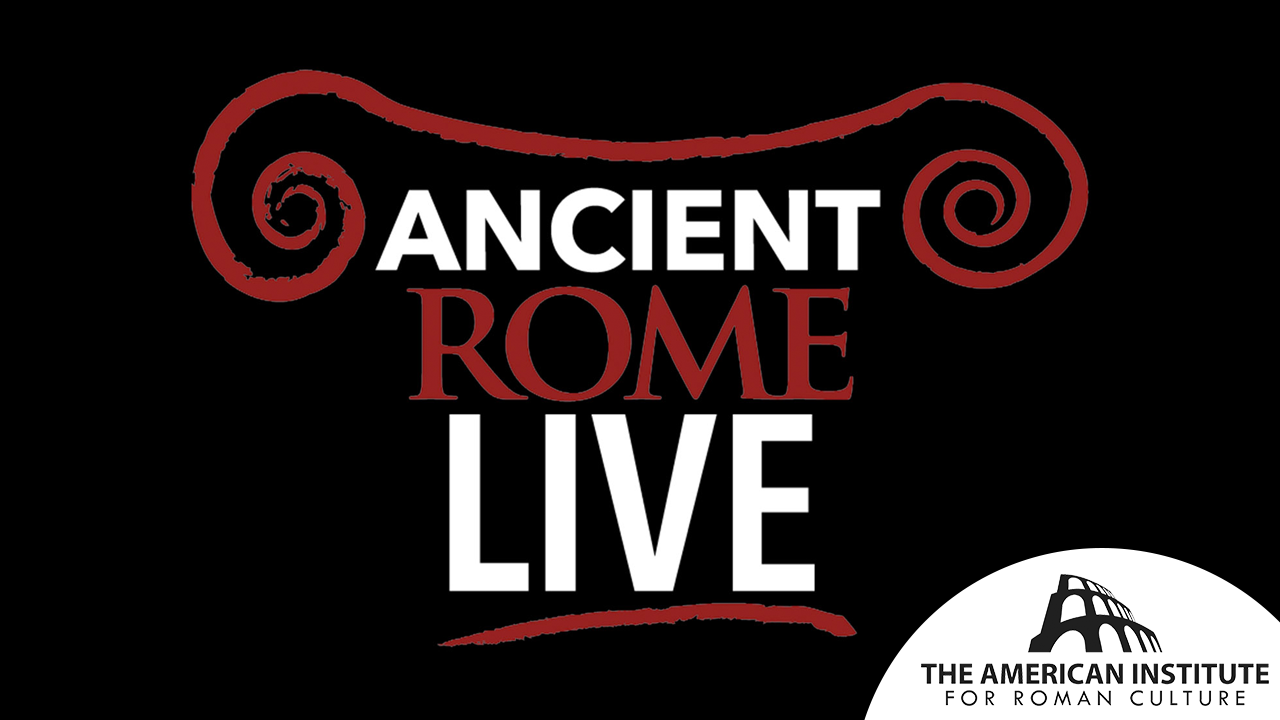Start with our video overview:
Numerous types of primary sources from ancient Rome communicate the nature of Roman culture and its progression, each type representing a rich corpus of materials. The city of Rome understandably boasts the most preserved records, many of which are found in their original position. Sources used by historians and archaeologists range from architectural inscriptions to ancient coins and Renaissance drawings of Roman monuments; the sources vary widely in terms of time, place, author, and original purpose, but the volume of material results in a strong understanding of Rome as an ancient civilization.
The architectural legacy left behind by ancient Romans is a critical source for understanding their society. Many architectural elements are preserved across the city and the former empire, and many still feature inscriptions that can inform us about the patrons and contexts of specific monuments. For example, the arch of Septimius Severus attests to the damnatio memoriae inflicted upon Geta by his brother Caracalla through the erasure of his name from the inscription.
Coins are other important historical sources. Coins minted in Rome from the imperial age onwards uniquely depicted recently erected monuments, demonstrating the significance placed on these building projects. Although they cannot always be interpreted as being precisely accurate as they were often schematic, they remain a useful tool for reconstructing the general plan of many structures. Similarly, buildings were often depicted in friezes, appearing in scenes of sacrifices before temples or triumphal parades.
Resources created by the ancient Romans for their own use can also be useful to understand the ancient topography of the city. In 203 – 211 CE, Septimius Severus commissioned the Forma Urbis in the Temple of Peace, a marble plan of the city of Rome with labels and an impressively accurate scale of 1:240. Unfortunately, the plan survives in 1,000 fragments, with less than 20% of these puzzle pieces reassembled correctly to date. Similarly, regionary catalogs were created in the fourth century CE under Constantine to list major landmarks and buildings by urban region.
Primary texts by ancient historians and writers are also of great use, particularly those dedicated to architecture or the layout of Rome, such as Vitruvius’s De Architectura which survives in its entirety, and Livy’s history of Rome which is the most important surviving authority on Republican building activities. Such texts are largely only available thanks to the work of later copyists, particularly monks in the Middle Ages. Later observations of Rome are also valuable, particularly antiquarian drawings of Roman ruins from the Renaissance by artists such as Du Perac, Piranesi and Palladio, who often recorded conditions of preservation different than those visible today. As photography replaced drawings, photographers have been able to capture modern life unfolding around ancient monuments. Sources that inform us about ancient Rome are dynamic and constantly developing, although combining these varied resources to achieve a comprehensive understanding is rarely straightforward.
References
- Claridge, “Rome: An Oxford Archaeological Guide”, (Oxford 2010), 33-38.
- Gregorovius, “History of the city of Rome in the Middle Ages”, Vol. 3, (Cambridge 1895).
- Ficacci, “Giovanni Battista Piranesi: The Complete Etchings” (Rome 2000).
This content is brought to you by The American Institute for Roman Culture, a 501(C)3 US Non-Profit Organization.
Please support our mission to aid learning and understanding of ancient Rome through free-to-access content by donating today.
Cite This Page
Cite this page as: Darius Arya, The American Institute for Roman Culture, “Sources” Ancient Rome Live. Last modified 11/16/2019. https://ancientromelive.org/sources/
License
Created by The American Institute of Roman Culture, published on 10/24/2019 under the following license: Creative Commons: Attribution-NonCommercial-ShareAlike. This license lets others remix, tweak, and build upon this content non-commercially, as long as they credit the author and license their new creations under the identical terms. Please note that content linked from this page may have different licensing terms.



